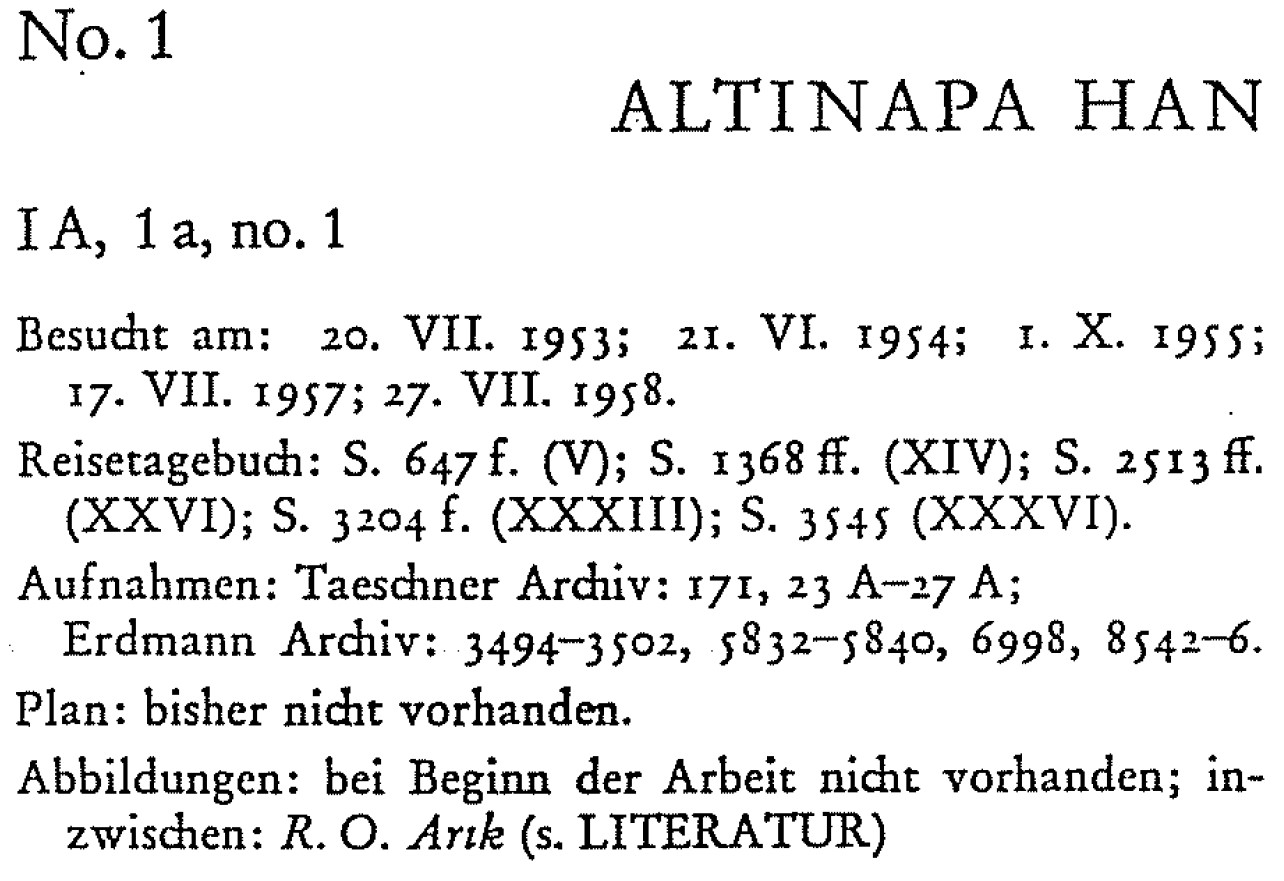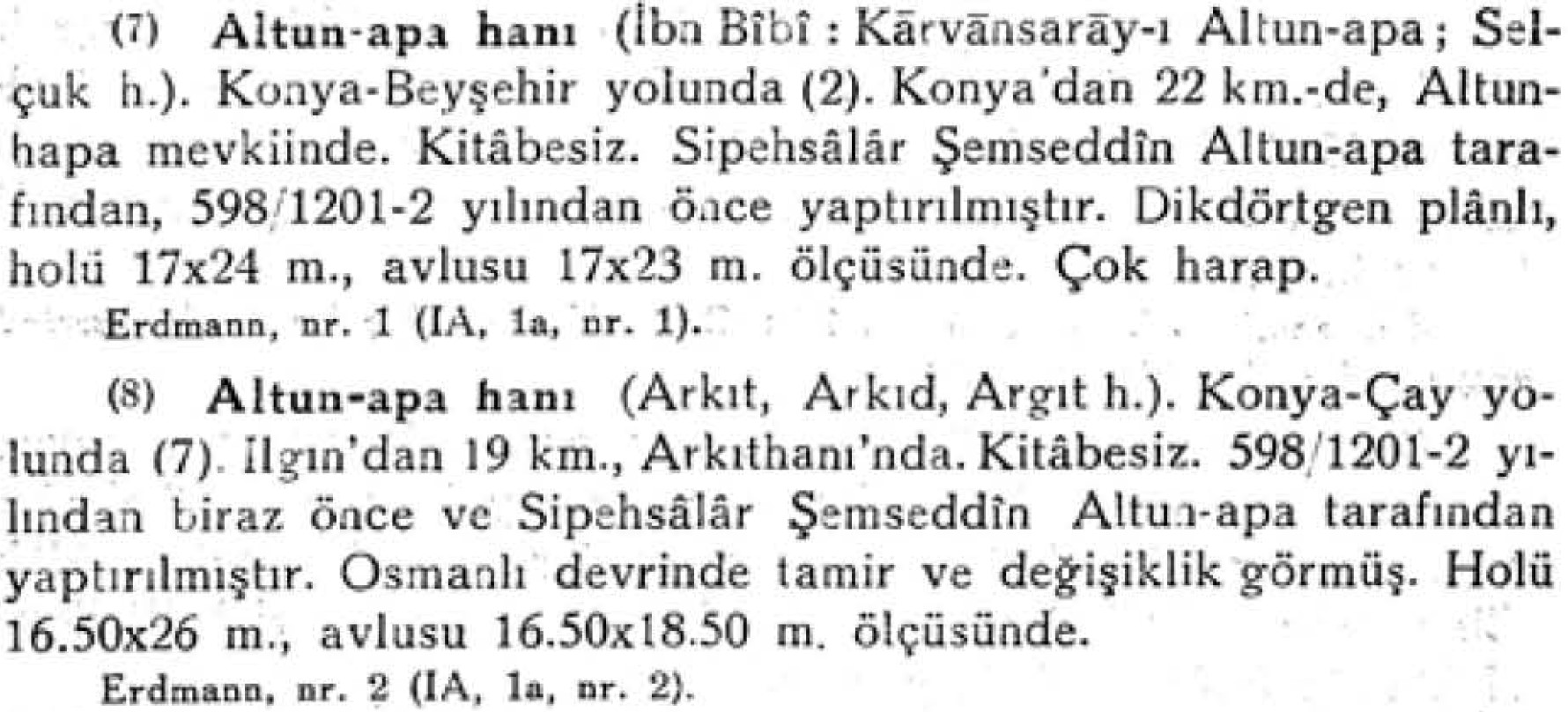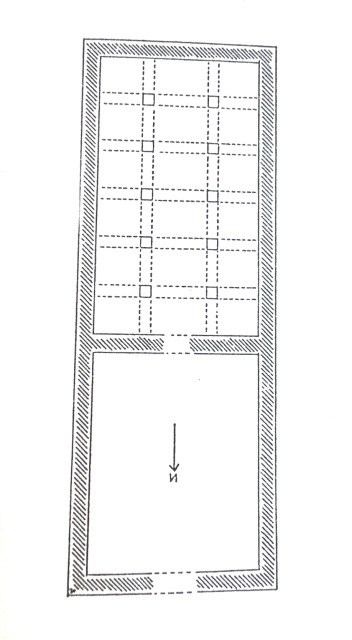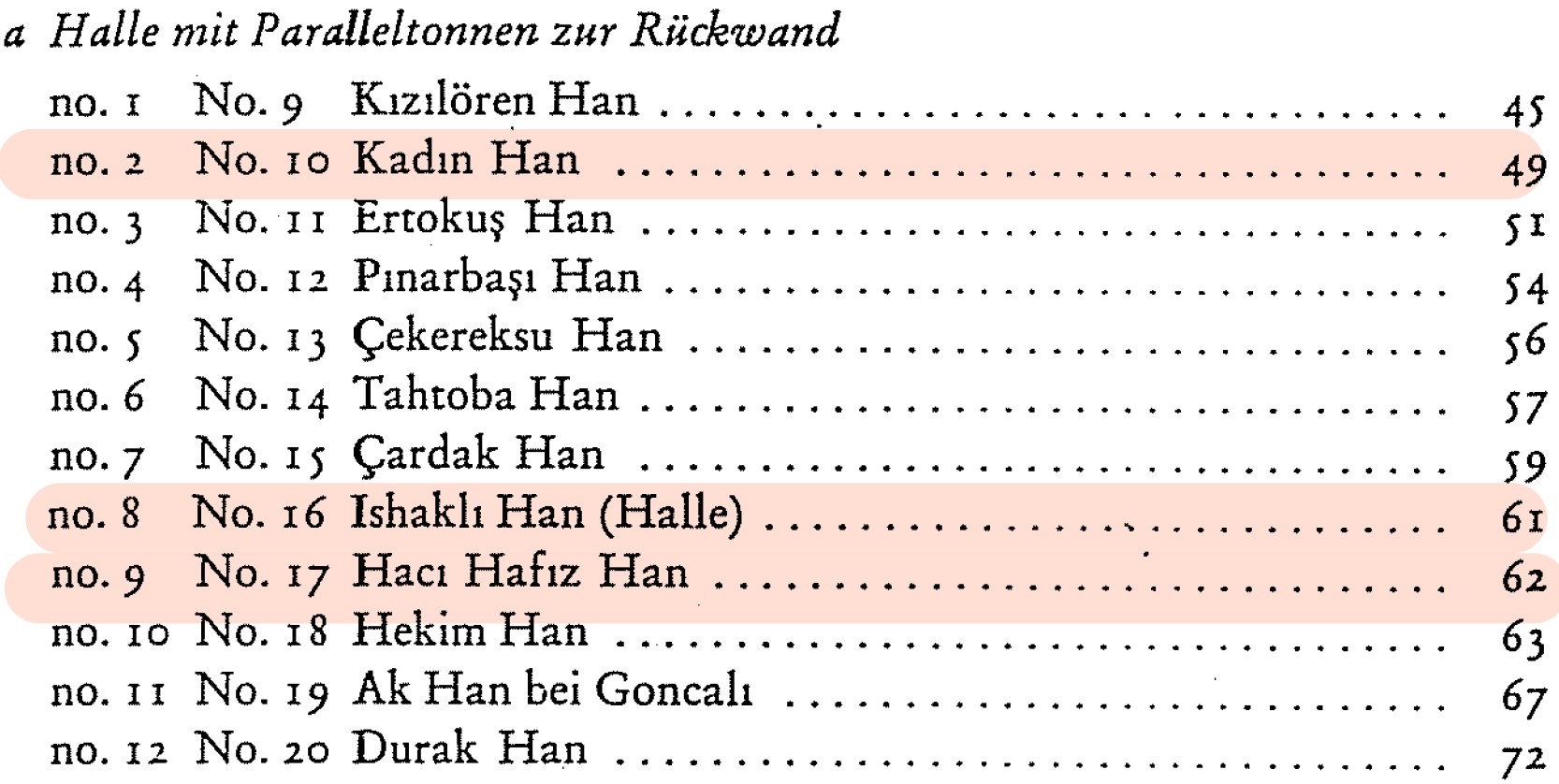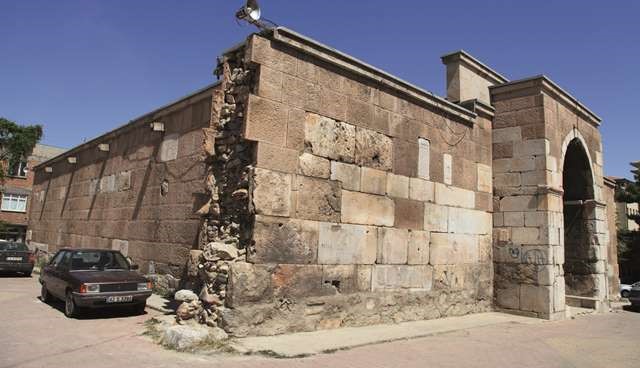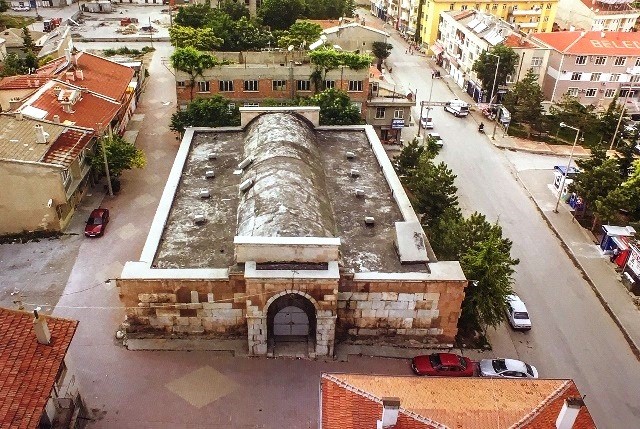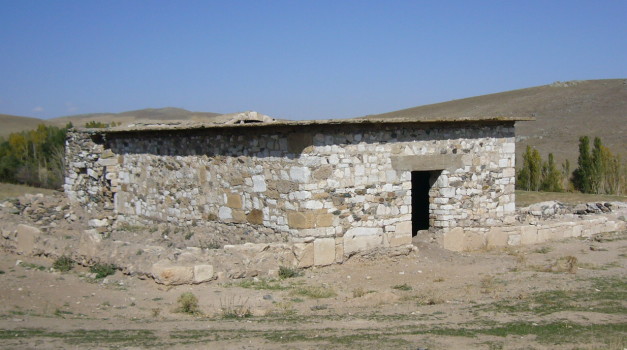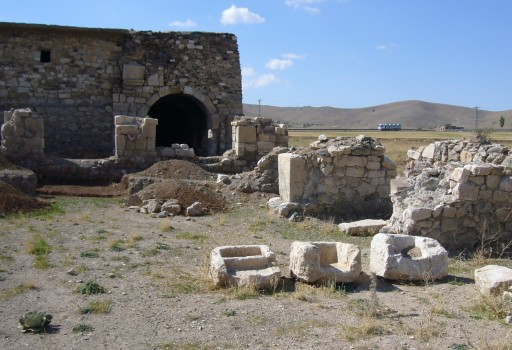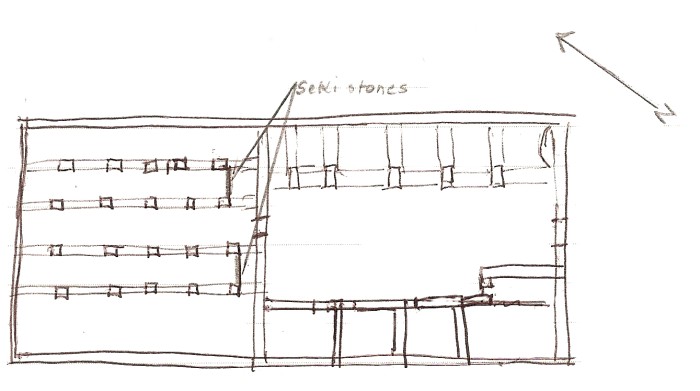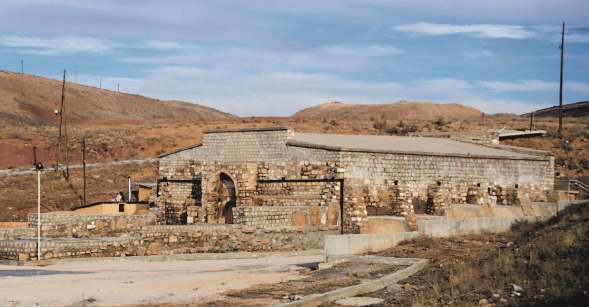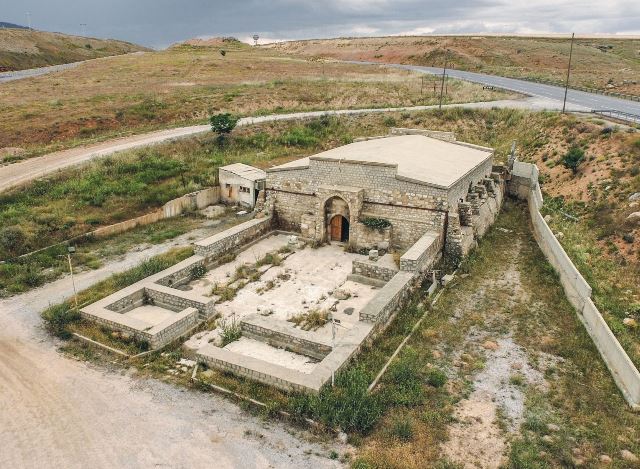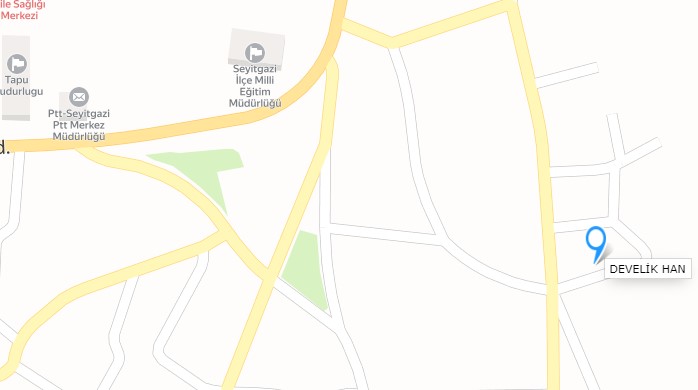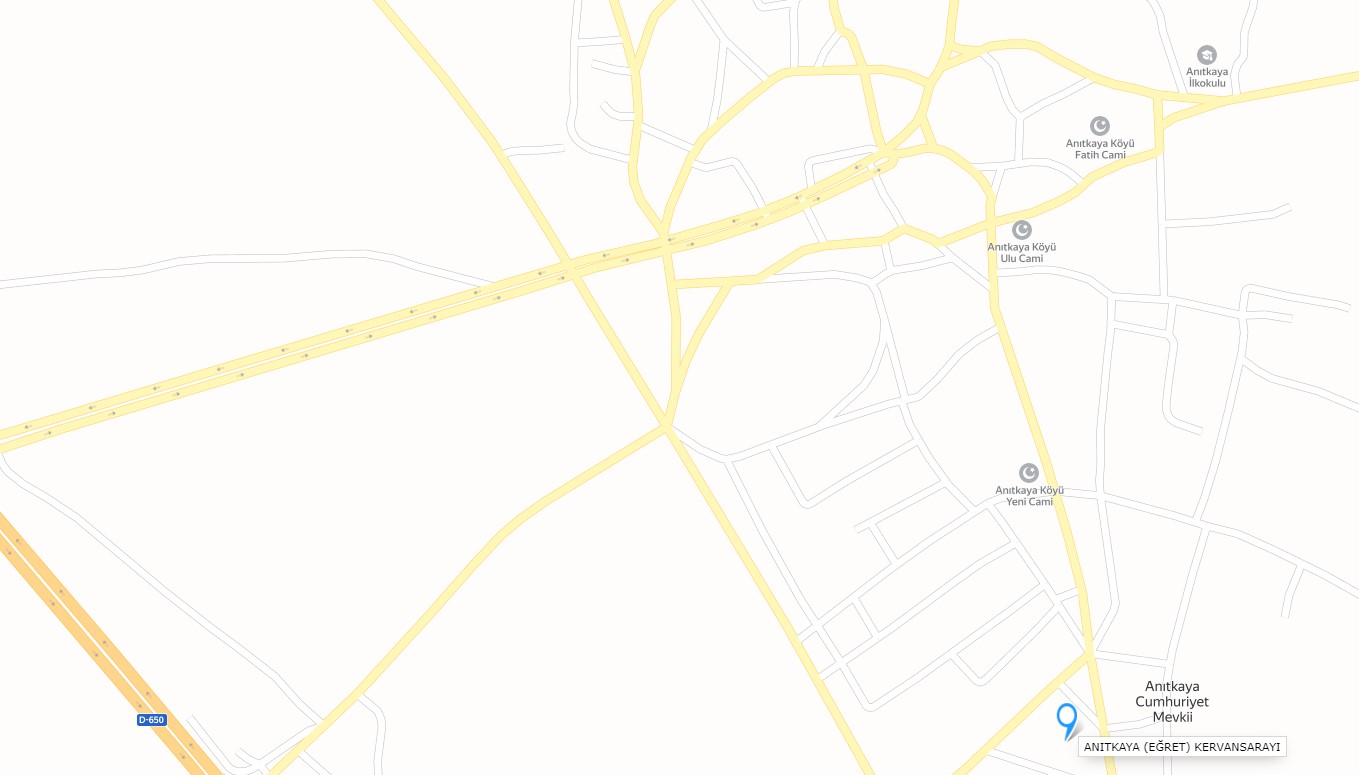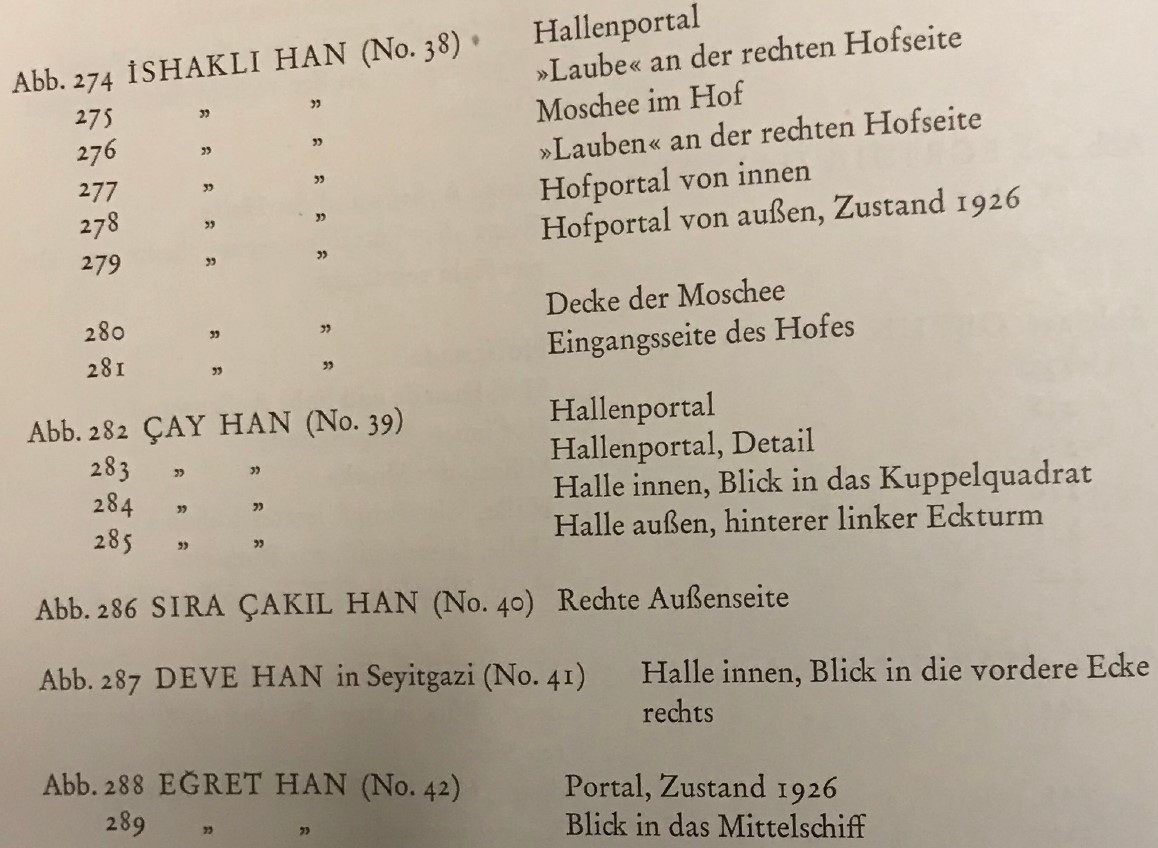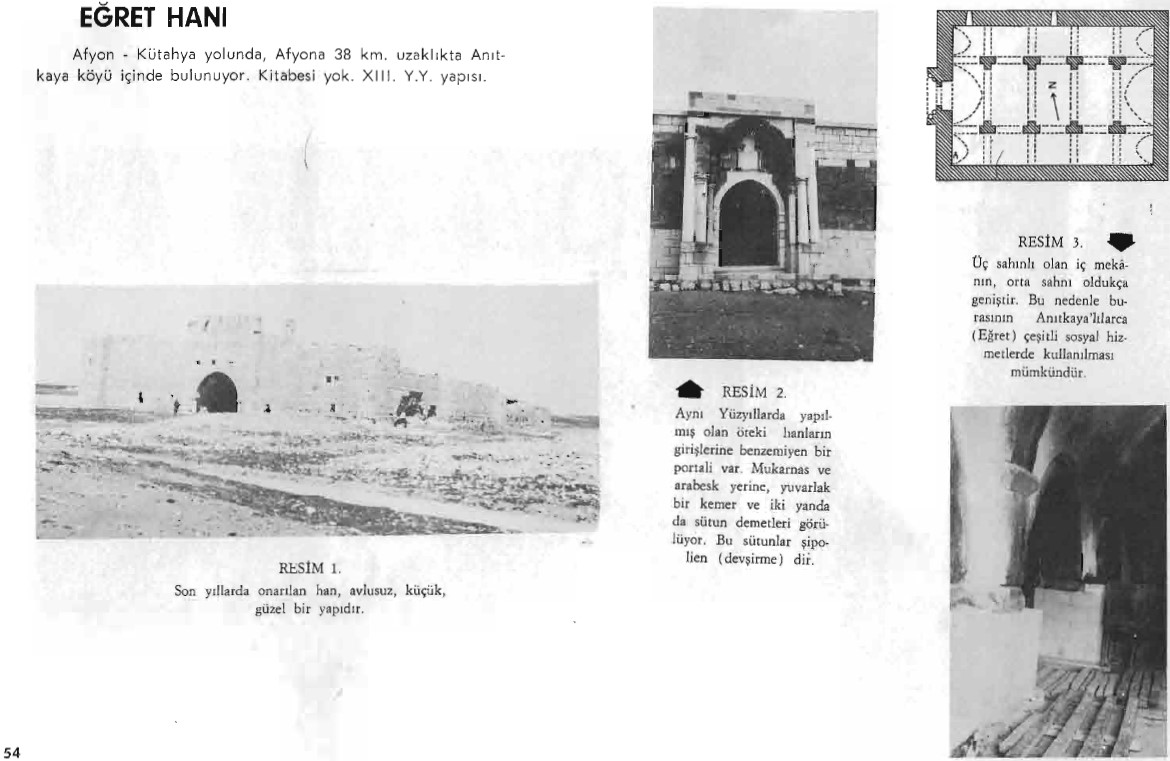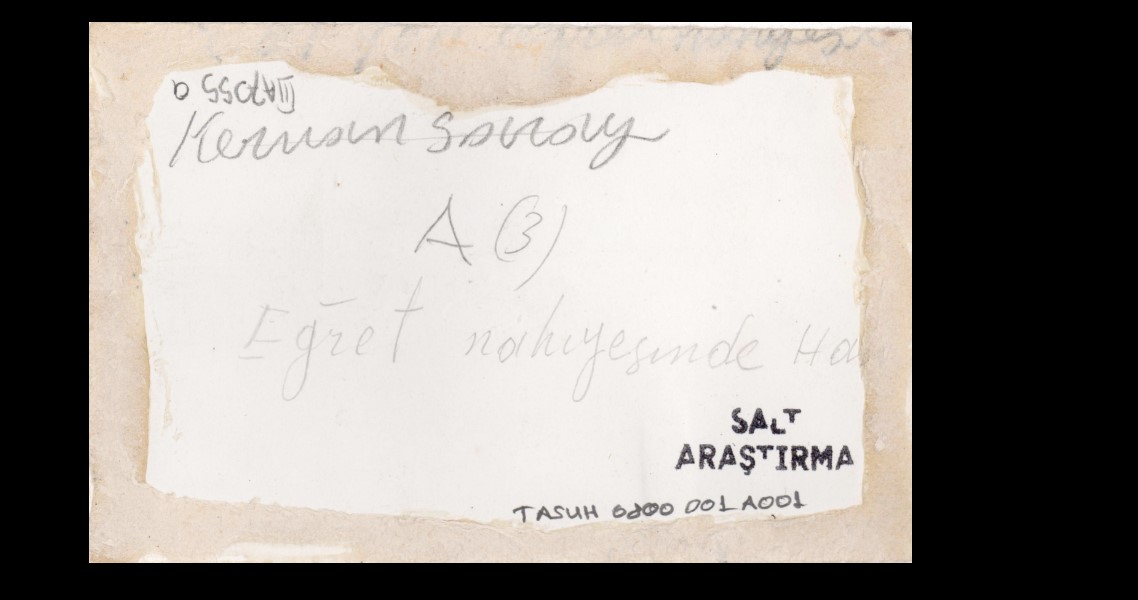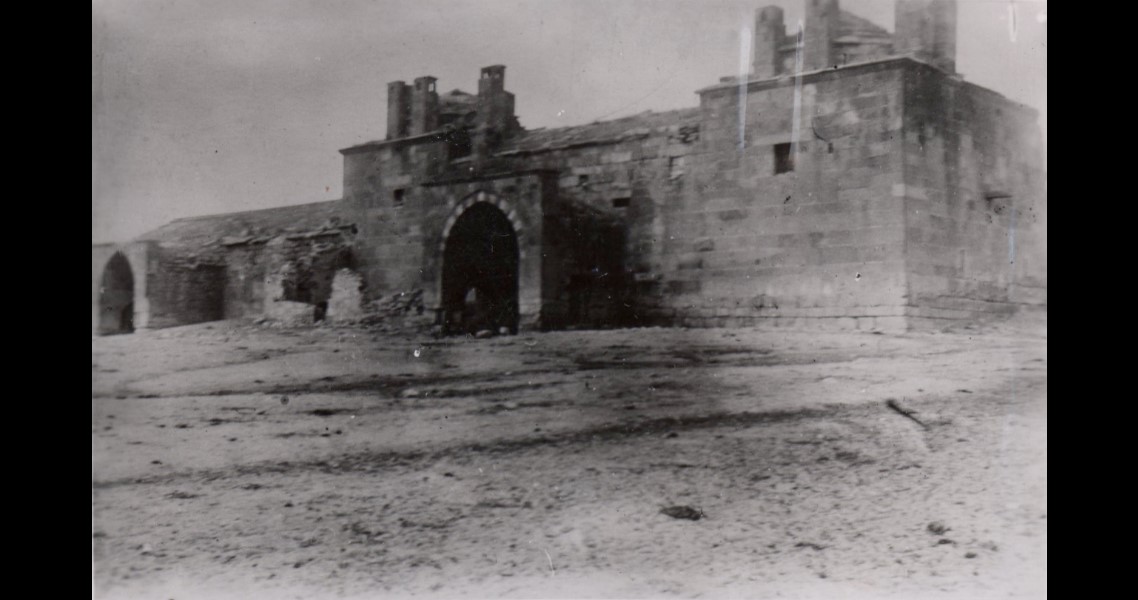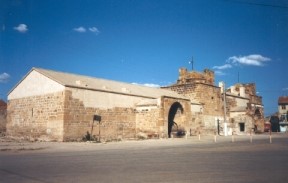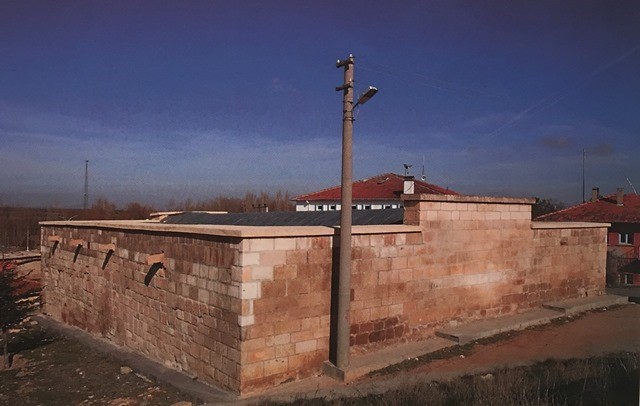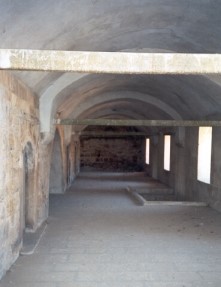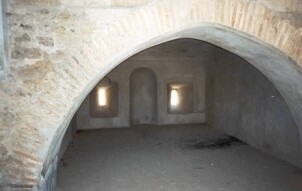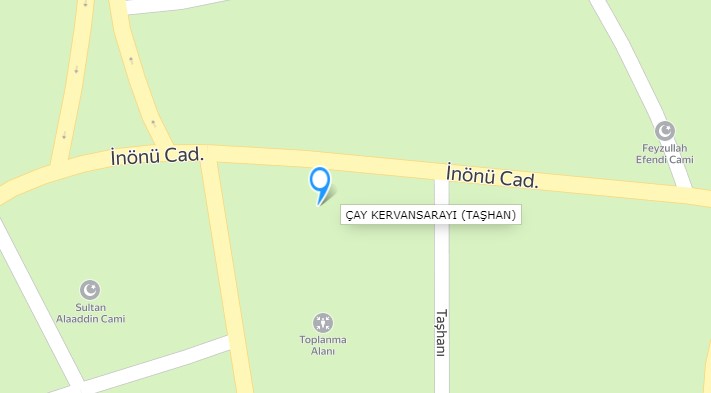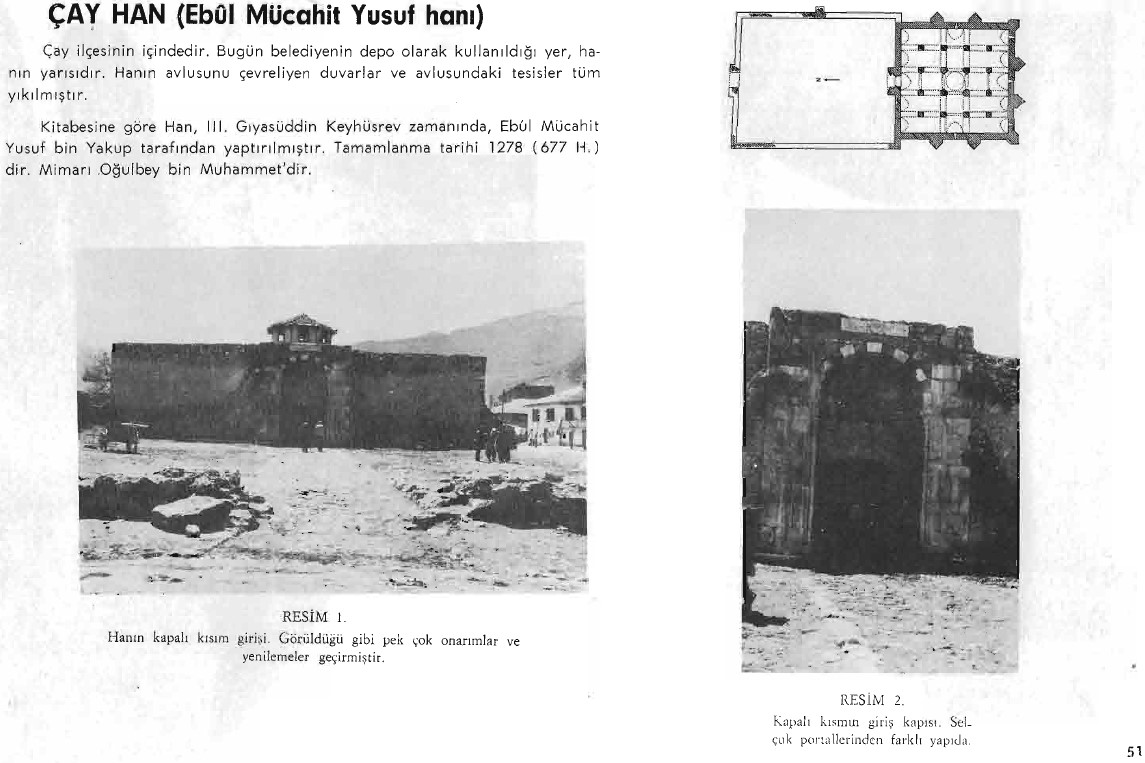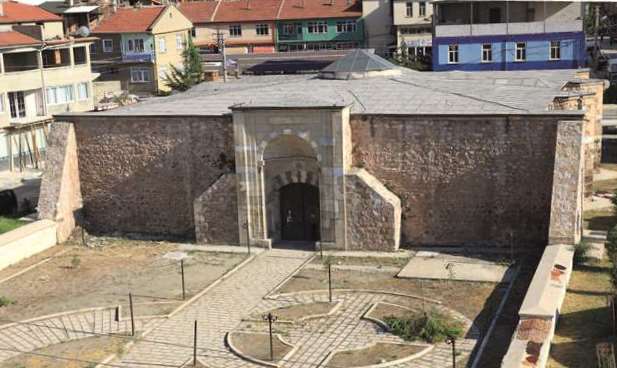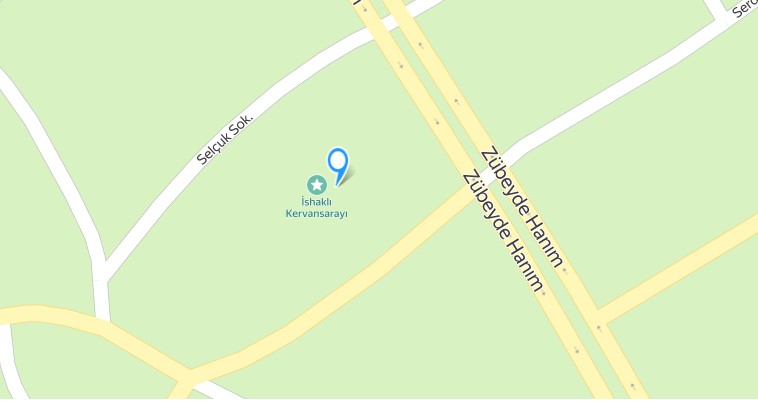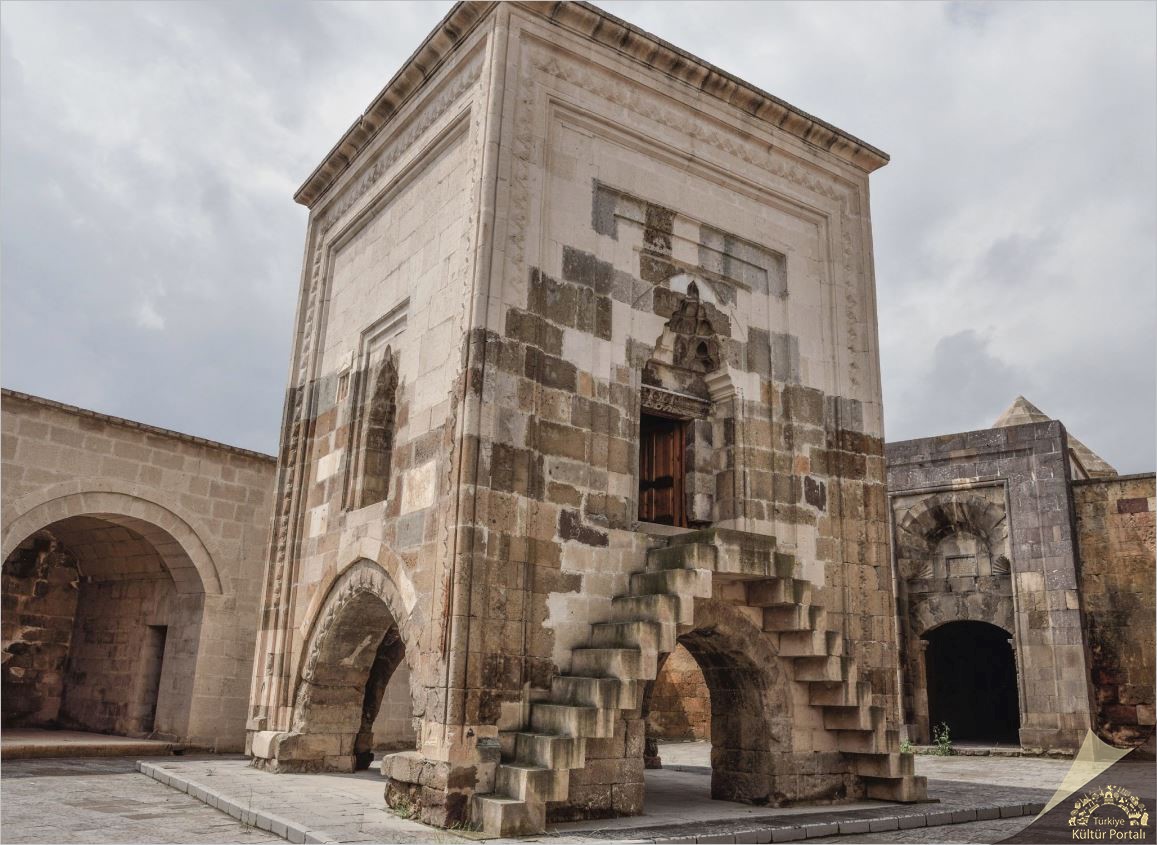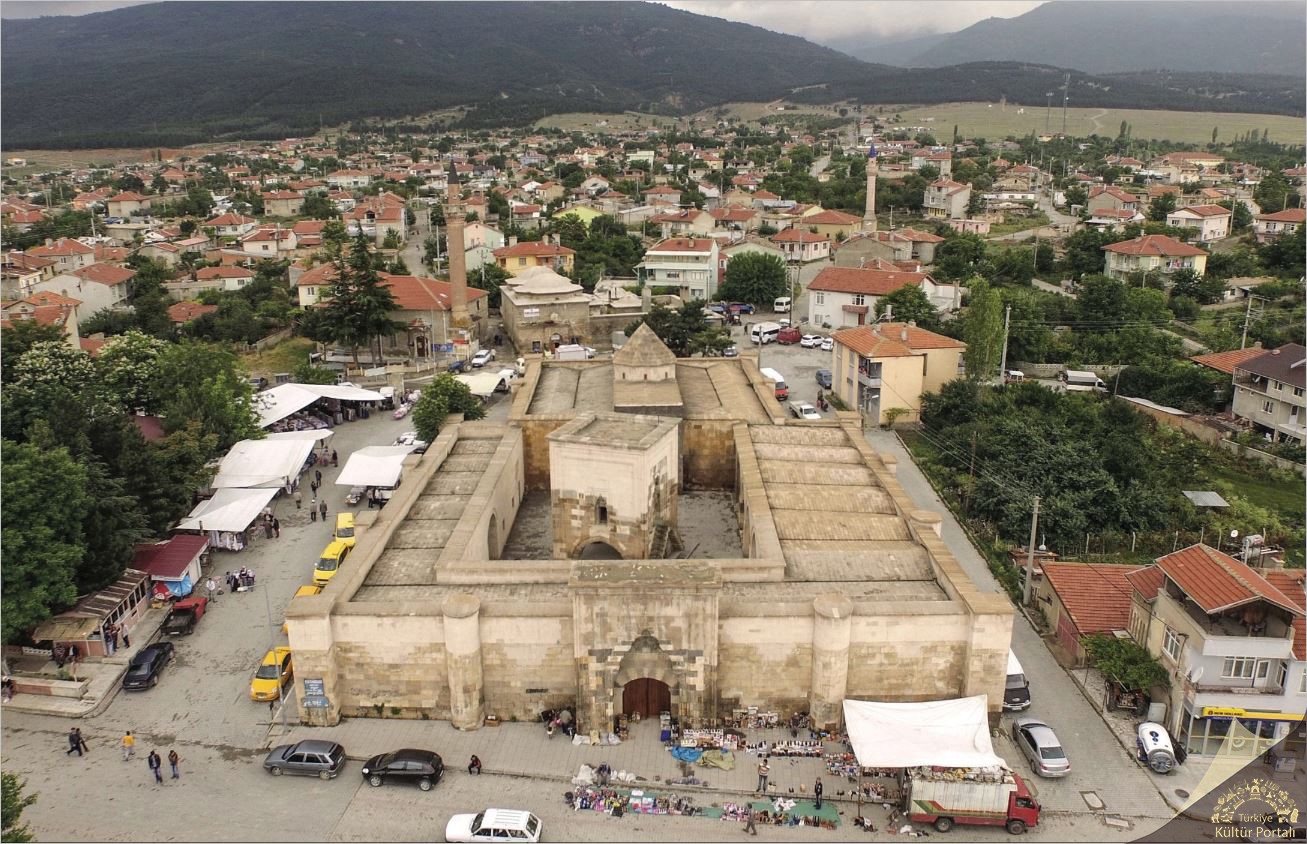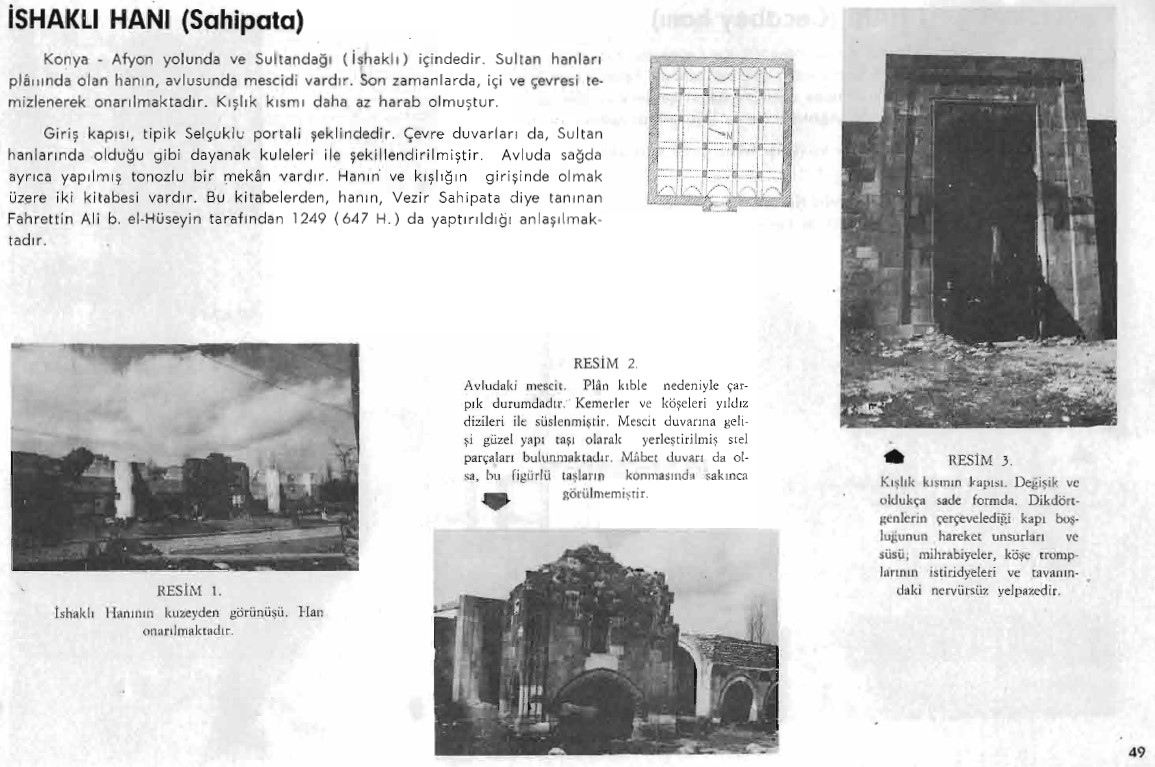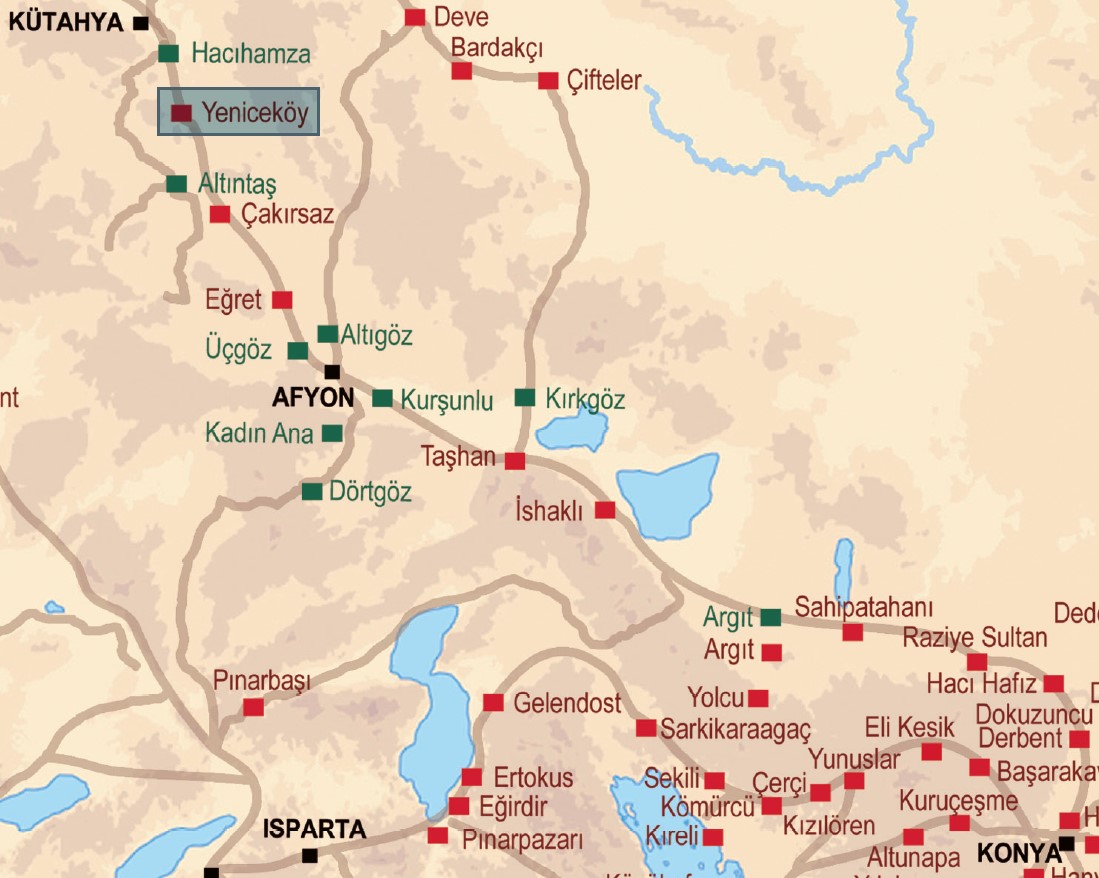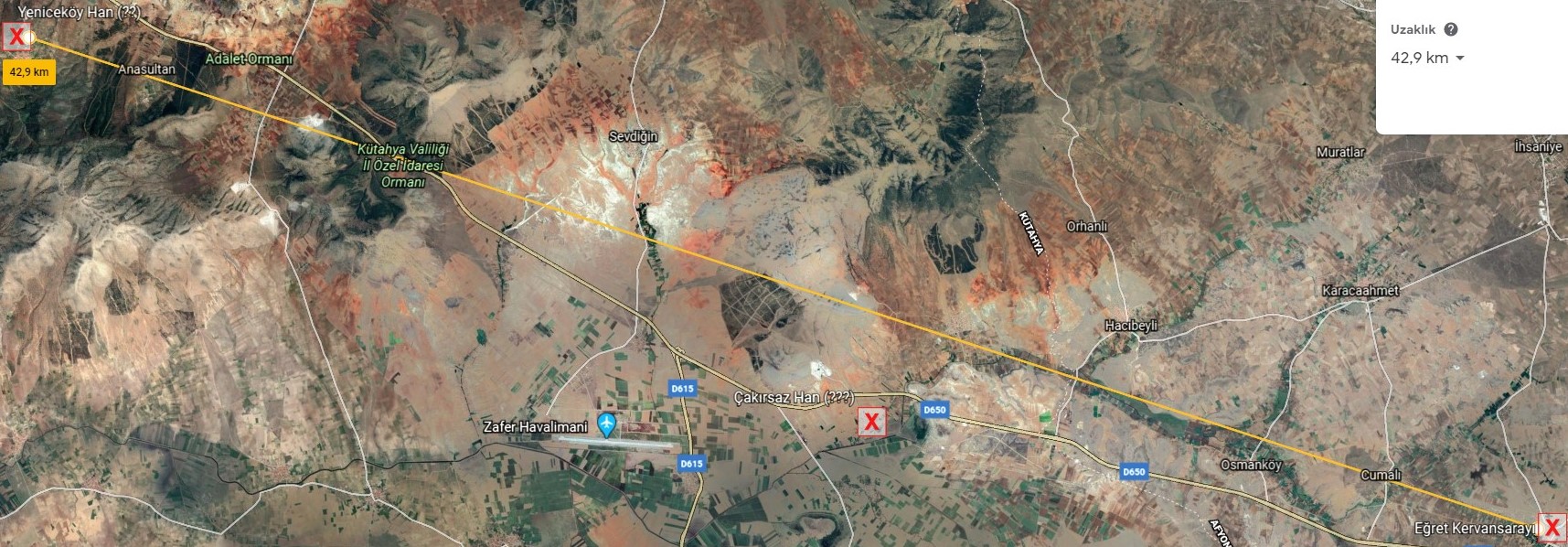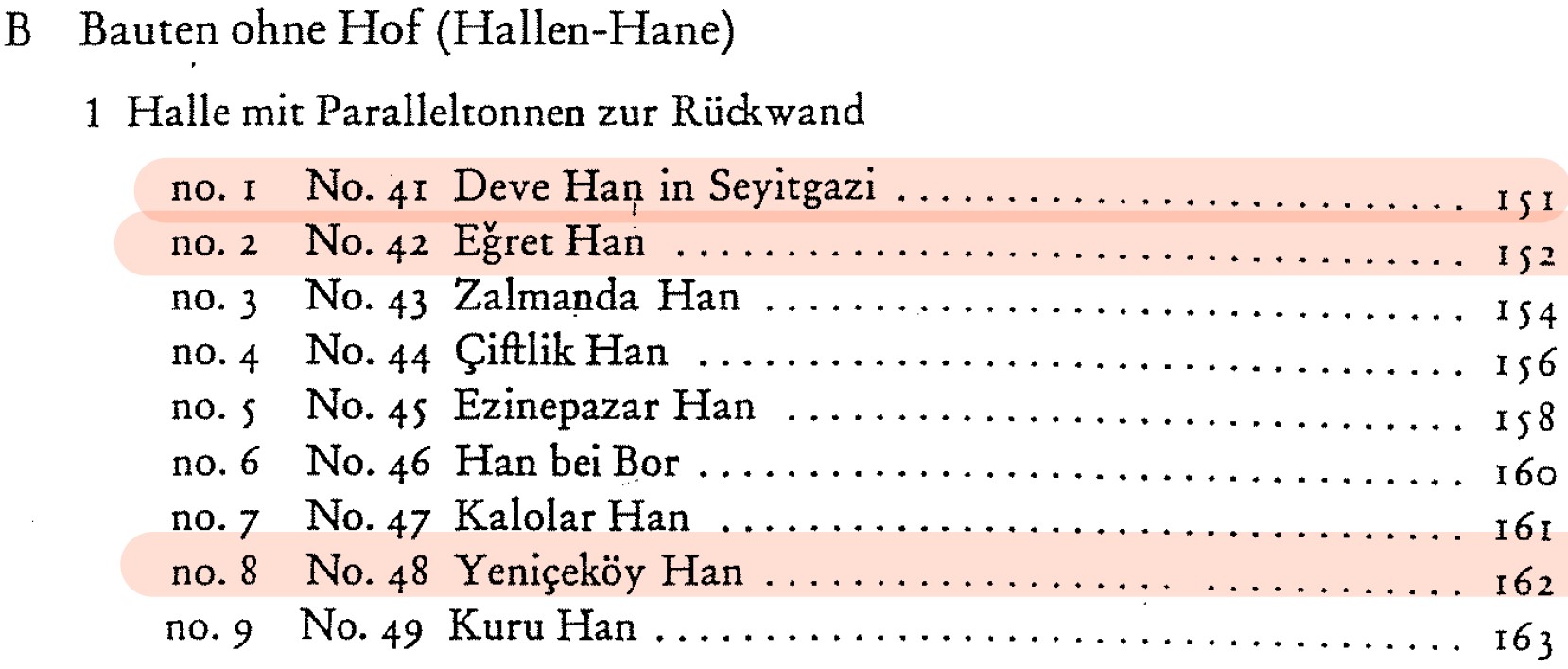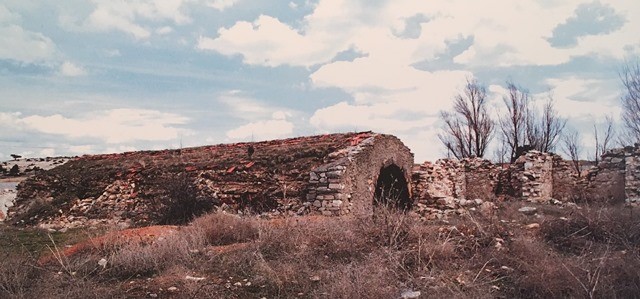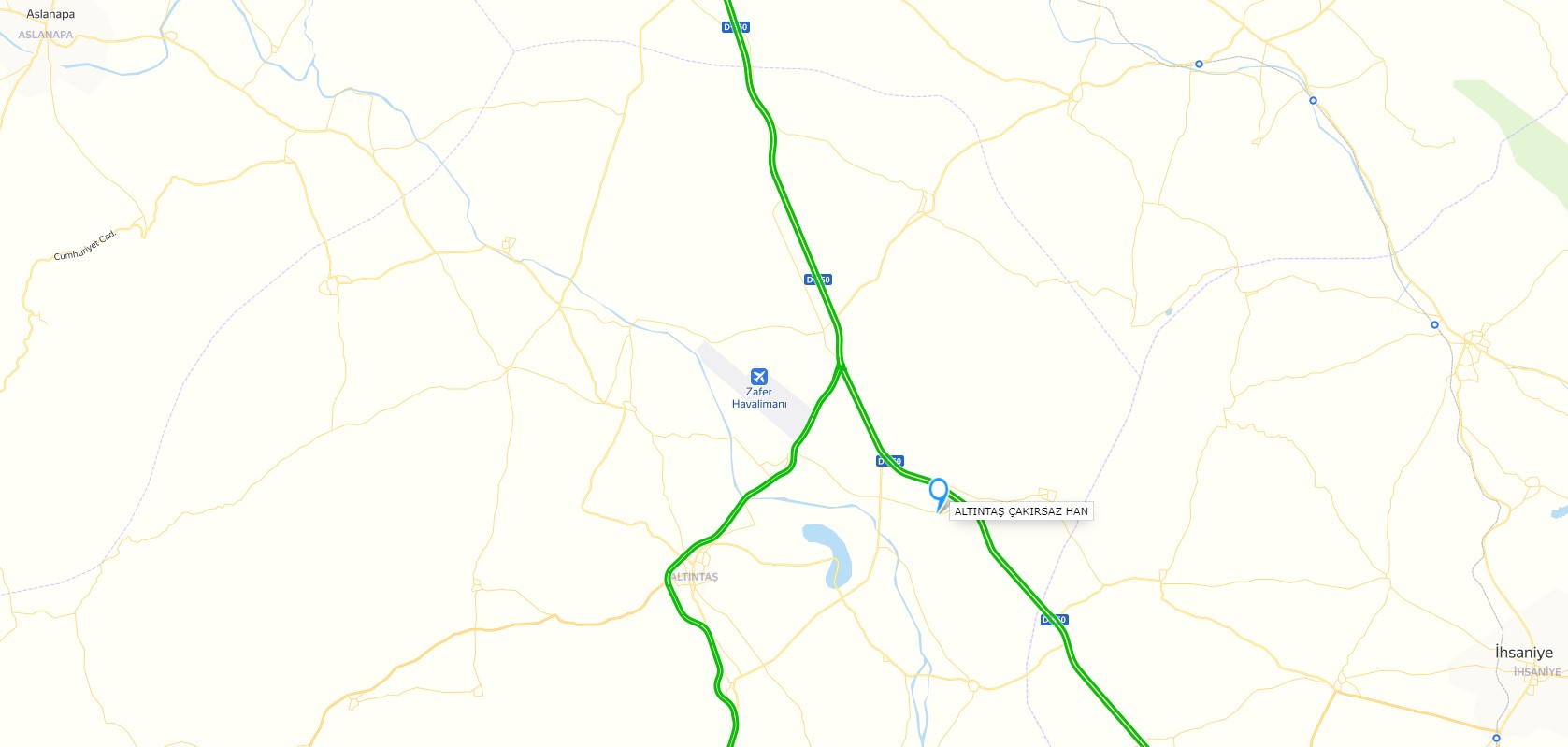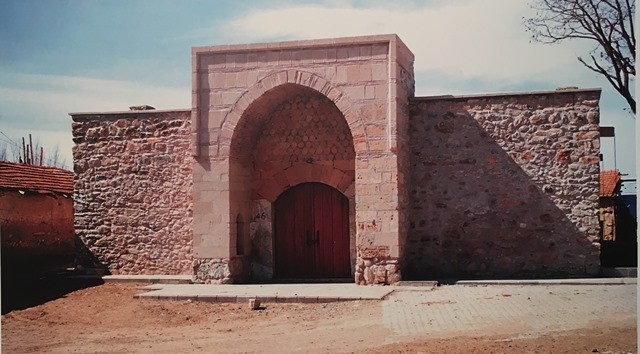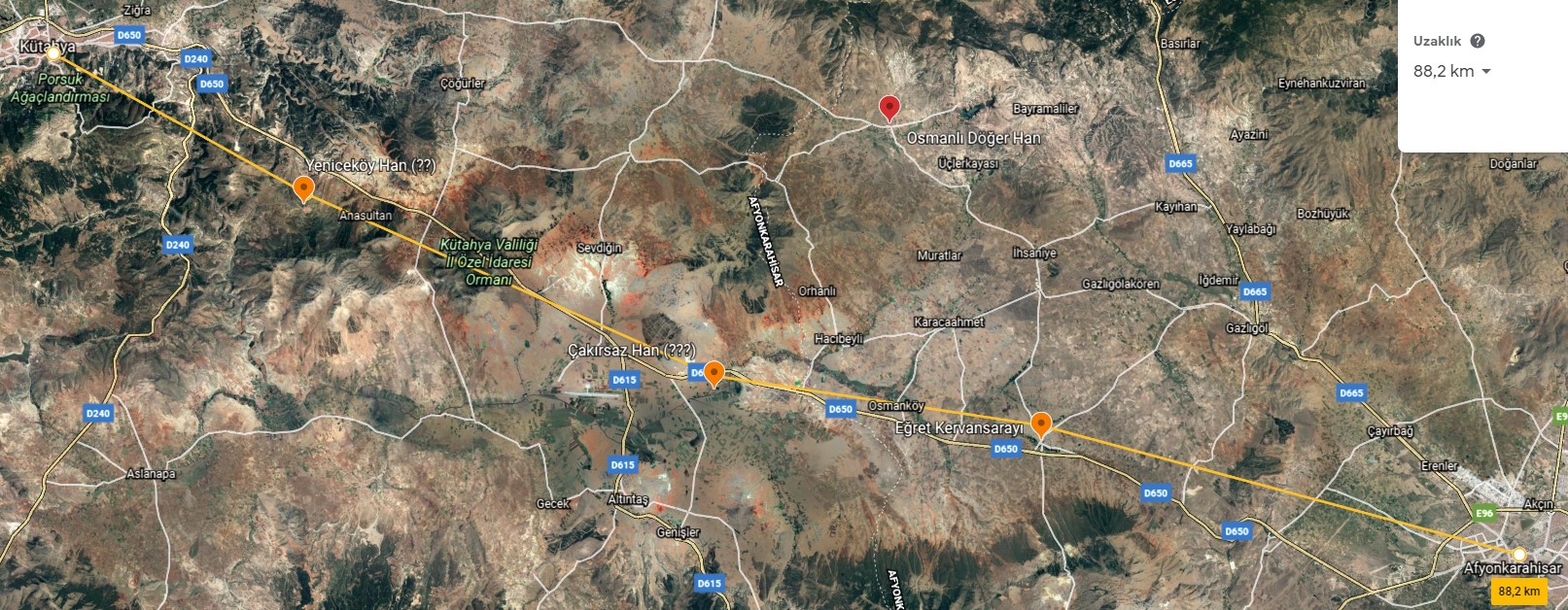Çay Han
ÇEKÜL: “The inn is in the Çay district of Afyon, on the Konya-Afyon route, which used to be one of the major caravan routes of the Anatolian Seljuks, heading West. Çay district is an important settlement connecting Western Anatolia to the Central Region. The inn, which was constructed by Ebul Mücahit Yusuf bin Yakup, a prominent statesman in 1278-79, includes a madrasa, a tomb, a fountain and a public bath. The square form of the closed section and the rectangular courtyard do not exist today. The closed space consists of five sections closed with pointed vaults. The part in the middle has a dome. In the portal of the closed section, on the door arch there is the figure of a lion inside a medallion.
Erdmann, Kurt. Das Anatolische Karavansaray des 13. Jahrhunderts, 1961, pp. 147-150, no. 39.
Ilter, İsmet. Tarihi Türk Hanları. Karayolları Genel Müdürlüğü Publication, Ankara 1969, p.51.
Özergin, M. Kemal. “Anadolu’da Selçuklu Kervansarayları”, Tarih Dergisi, XV/20, 1965, p. 148, no. 31.
Acun, H. Anadolu Selçuklu Dönemi Kervansarayları. Ankara: Kültür Bakanlığı Publications, 2007, p. 455.
Branning, K. (2001). Turkish Hans : "The Çay Han is located on the Afyon-Akşehir Road, in the center of the farming town of Çay. The han was situated at the crossroads of two different caravan routes, one leading to Bolvadin and the other to Afyon. No traces of this old caravan route, which was mentioned in Ottoman sources as a military road, exist today. The Kirkgöz Bridge, located on this road, was used in the Seljuk and Ottoman periods. The next han in the direction of Akşehir is the Sultandağ Işakli Han and this han is the last one before Afyon. A medrese with the same name is situated near the han."
